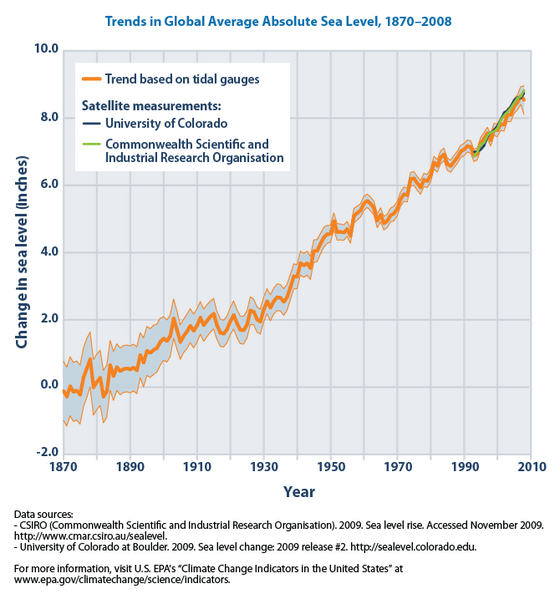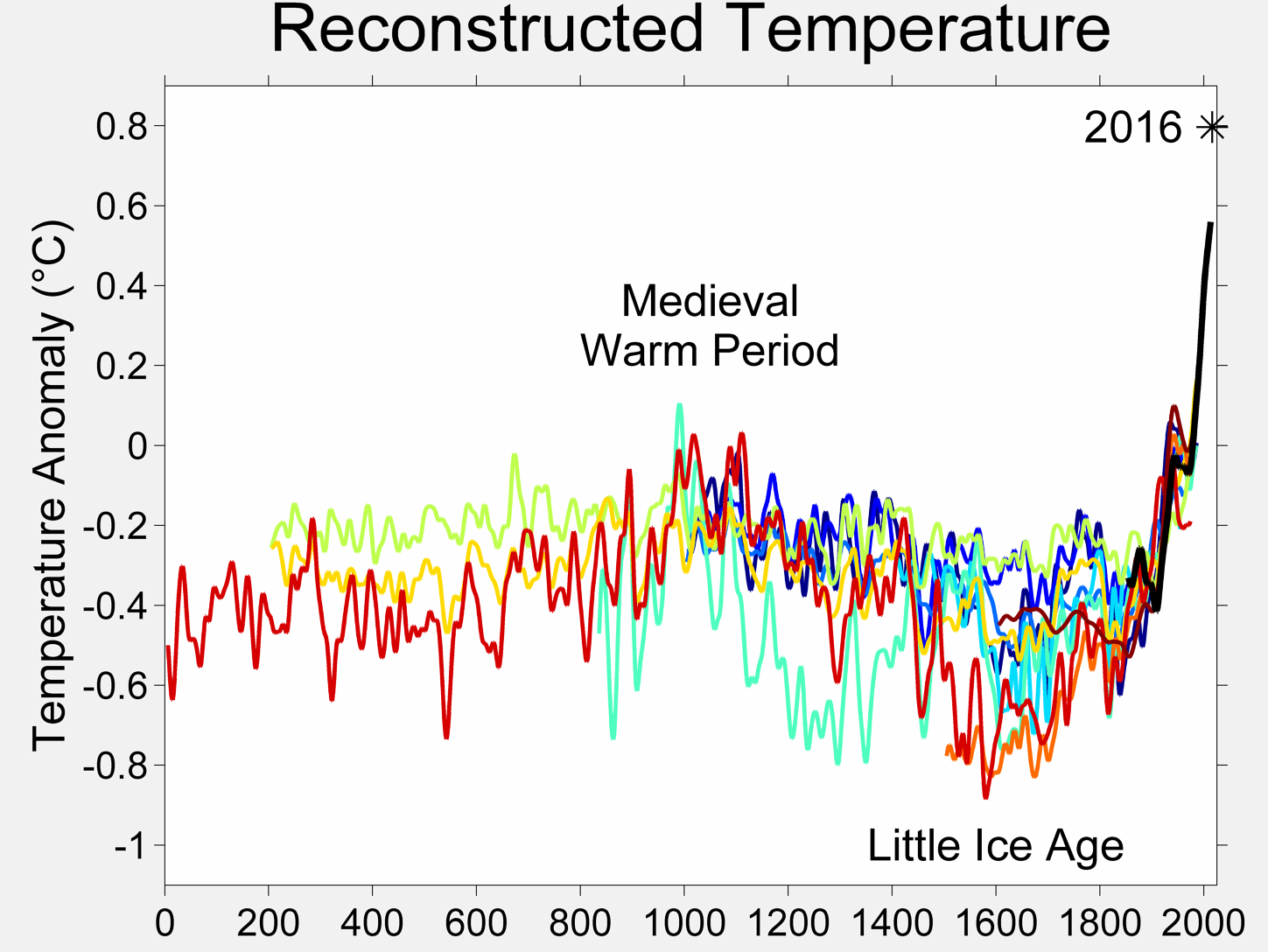The 3.2 mm/year is up from 1.7 mm/year. You'll need more than a few tenths to undo that.
I would suspect the slight slowdown (though still climbing rapidly) might have something to do with this
NASA Satellites Detect Pothole on Road to Higher Seas - NASA Jet Propulsion Laboratory
NASA Satellites Detect Pothole on Road to Higher Seas
Edited: 2011-08-23 Dallas Masters's blog Share
Our colleagues at JPL have also been interested in how the global mean sea level is affected by the ENSO (i.e., El Niño and La Niña). They find that GRACE measurements helped to identify the distribution of abnormally high rainfall over land resulting from the recent strong La Niña. This temporary transfer of large volumes of water from the oceans to the land surfaces also helps explain the large drop in global mean sea level. But they also expect the global mean sea level to begin climbing again.
An Update from NASA's Sea Level Sentinels:
Like mercury in a thermometer, ocean waters expand as they warm. This, along with melting glaciers and ice sheets in Greenland and Antarctica, drives sea levels higher over the long term. For the past 18 years, the U.S./French Jason-1, Jason-2 and Topex/Poseidon spacecraft have been monitoring the gradual rise of the world's ocean in response to global warming.
While the rise of the global ocean has been remarkably steady for most of this time, every once in a while, sea level rise hits a speed bump. This past year, it's been more like a pothole: between last summer and this one, global sea level actually fell by about a quarter of an inch, or half a centimeter.
So what's up with the down seas, and what does it mean? Climate scientist Josh Willis of NASA's Jet Propulsion Laboratory, Pasadena, Calif., says you can blame it on the cycle of El Niño and La Niña in the Pacific. [Read more...]






